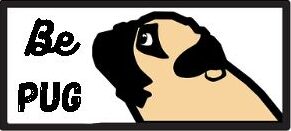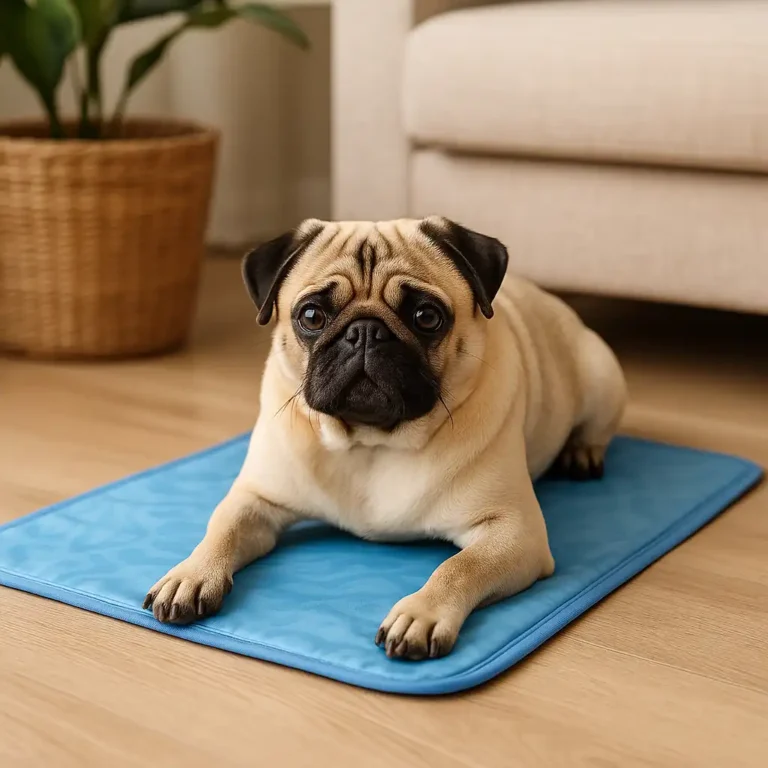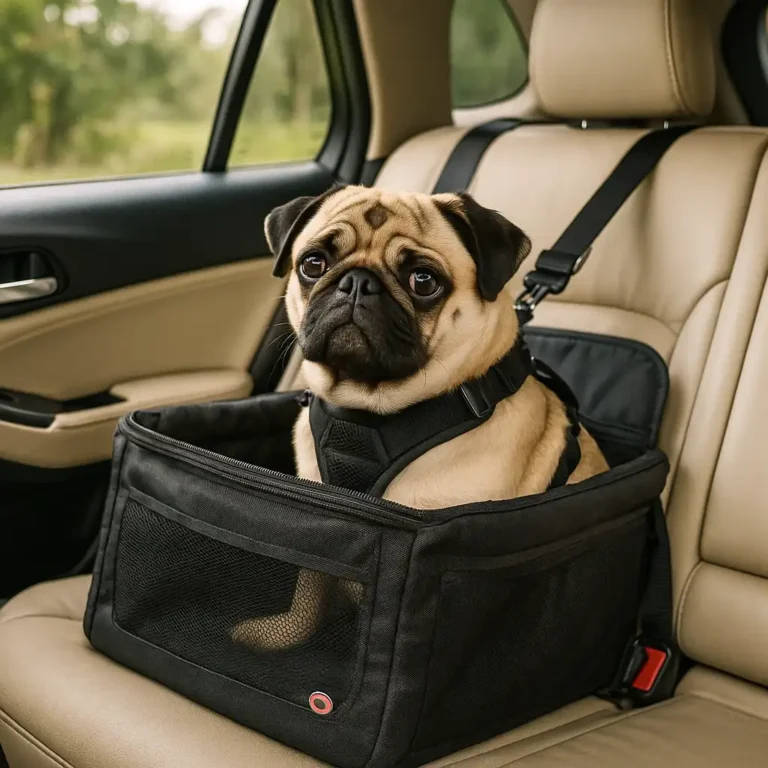Best No Pull Dog Harness for Small Dogs: Pug-Friendly Picks

Disclosure: This post contains affiliate links. As an Amazon Associate, I earn from qualifying purchases—at no extra cost to you.
Choosing the best no-pull dog harness for small dogs can make all the difference, especially if you have a lively pug. These adorable companions are full of energy and excitement, but their enthusiasm can turn walks into a tug-of-war. A properly fitted no-pull harness helps guide your pug gently without causing strain or discomfort, turning your daily outings into enjoyable experiences for both of you.
Why a No-Pull Harness Is Essential for Pugs
Pugs have a unique body shape with broad chests and delicate necks, making traditional collars less than ideal. A no-pull harness distributes pressure evenly across the chest and shoulders, preventing injuries and offering better control. Because pugs are prone to respiratory issues, reducing neck strain is critical for their health and comfort. Using a no-pull harness helps encourage better walking habits without causing harm.
Features to Look for in a No-Pull Harness
Certain features are essential when choosing the best no-pull dog harness for your pug. Look for adjustable straps to fit their round body snugly but comfortably. Soft, breathable materials help keep them cool during walks, especially since pugs are sensitive to heat. Reflective elements increase visibility for early morning or evening strolls, and a sturdy handle on the back can provide extra control in busy areas.
Harnesses with a front clip attachment are particularly effective for discouraging pulling by redirecting the dog’s forward motion toward you. A lightweight design is also important because heavy gear can tire out a small dog quickly.
Top No-Pull Harnesses for Small Dogs
NESTROAD No Pull Dog Harness: Pretty in Pink with Gentle Control
Designed with a soft Oxford fabric and an easy-control handle, the NESTROAD No Pull Dog Harness offers excellent comfort and support for small dogs like pugs. It features adjustable straps for a custom fit, reflective stitching for nighttime safety, and a no-choke design that is gentle on a pug’s throat.
OneTigris Tactical Dog Harness Vest: Rugged and Reliable for Adventurous Pugs
The OneTigris Tactical Dog Harness Vest is a durable option for active pugs who love hiking and exploring. Made from high-quality materials, it features adjustable straps, a no-pull front clip, and a soft, padded interior to prevent chafing. It’s a solid choice if your pug enjoys more than just neighborhood walks.
Pawaii No Pull Dog Harness with Pet ID Tag: Stylish and Secure for Everyday Use
For pugs who strut their stuff on daily walks, the Pawaii No Pull Dog Harness offers a breathable mesh design combined with thoughtful touches like an integrated ID tag. The front O-ring discourages pulling, while the reflective strips keep your pug visible even when the sun sets.
Tips for Successfully Using a No-Pull Harness
Training your pug to walk politely with a no-pull harness requires patience and positive reinforcement. Always reward calm walking beside you with treats and praise. If your pug begins to pull, stop walking and wait until it relaxes. This method teaches that pulling does not get it where it wants to go faster. With consistency, your pug will soon learn to enjoy relaxed and pleasant walks.
Conclusion
Finding the best no-pull dog harness for small dogs, especially pugs, is an investment in their health, happiness, and your own walking enjoyment. A well-fitted, comfortable harness can transform a struggle into a bonding experience, making every outing a joy. Whether you choose a sporty tactical vest or a breathable mesh option, your pug will appreciate the added comfort and safety.






